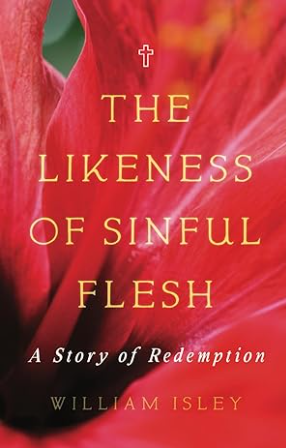As the kids say, I got punked, but I’m glad I did. My wife and I sat down to watch a suspense film about a photographer who inadvertently photographs a murder. What we got was a brilliant cinematic presentation of the problem of knowledge and reality. The film: Michelangelo Antonioni’s Blowup (1966). SPOILER ALERT.
A prominent fashion photographer in 1960’s swinging London takes photos from a distance of a young woman and an older man kissing in the park. The woman tries to get the film from him, but he tricks her by giving her a different roll. As he develops the film, he thinks he sees something. He blows them up, hence the movie title, and believes he sees a man lurking in the trees with a gun. Another shot appears to show the corpse of the older man. At night he goes to the park without his camera and sees the body. After failing to get his agent to go to the park with him to see the body, he goes by himself. There is no body. Bewildered, he watches a group miming a tennis match without ball or racquets and joins in the pretense when he goes to fetch the nonexistent ball. He watches from a distance and begins to hear the sound of the ball being batted back and forth. The movie ends with the camera panning to show the photographer standing alone in the grass, and then he disappears.
My wife and I felt cheated. What happened to the body? Who committed the murder? As I thought about the movie, the suspicion grew that something else was going on; so I watched it again. Blowup is dealing with the issue of epistemology, the theory of knowledge. In particular, it explores the question of the relationship between perspective and reality. Is the world we perceive our own creation or is it really there as we see it?
Here’s my interpretation. The photographer controls others and creates reality by means of his camera, an instrument that is naïvely understood as objectively capturing reality. The models that he poses and photographs have a lifeless mannequin-like appearance, and the photographer himself seems to be bored and drifting. His ennui is only overcome when he photographs the couple in the park and then becomes convinced with each enlargement of the photos that he has evidence of a murder. A crucial turning point is when the photographer asks the wife of Bill, his abstract artist friend, about the only remaining photo, which has become quite grainy after being blown up. She comments that it looks like her husband’s paintings. Significantly, Bill had said that he only finds meaning in his paintings after he has finished them.
Could it be that the murder was just a creation of the photographer’s imagination? There are hints that this may be the case. First, the body is not there when he returns without his camera, which may signify that the whole scene only existed through the lens of the image-producing artist’s tool. Second, no one sees the body or even the woman in the park except the photographer. In addition, later in the film when he thinks that he sees her again, she vanishes and he cannot find her.
Existential meaninglessness is also a thematic element of Antonioni’s film. The photographer is clearly bored, cynical and self-centered. The only escape from his ennui is what possibly turns out to be a self-created reality of a murder. Significantly, the photographer and the woman in the park are nameless in the movie. Are they even real? When the photographer for once allows himself to be caught up in somebody else’s world and joins in with the pretended world of the mimes, he too disappears like the woman and the corpse that only he has seen.
Antonioni plays with us viewers. We think that we are seeing the reality that the photographer sees or creates. However, just before the tennis scene, the photographer is standing under a tree. We see a branch with leaves slightly moving from a light breeze. Next we see that the photographer was not even looking at the branch. Given the movie camera’s pan at the end of the film in which the photographer disappears, we are reminded that we have not been seeing things, whether real or not, from the photographer’s viewpoint. We have only been seeing what Antonioni has chosen to show us.
I do not know what Antonioni intended, but the conclusion I draw is that once we abandon the conviction that there is an objective reality which we perceive rather than create, we spiral inexorably downward into a world of illusion that empties life of joy and is ultimately destructive of others and ourselves. Of course, the existence of an objective reality outside of our mind does not mean that our perceptions of that reality are not limited. They are limited and that is not necessarily bad, but that is the subject for another essay.
You should be aware that the film contains nudity and drug use, but I highly recommend watching Antonioni’s film. It is worth it.


right on bill. I’ve thought often of the film, but only saw it once, in the late 60’s. I used to refer to it in talks, but very few know about it. I’l be interswted if you create a new wave of interest in it.
Thanks. We’ll see. My readership is so small, even a ripple would be a surprise!